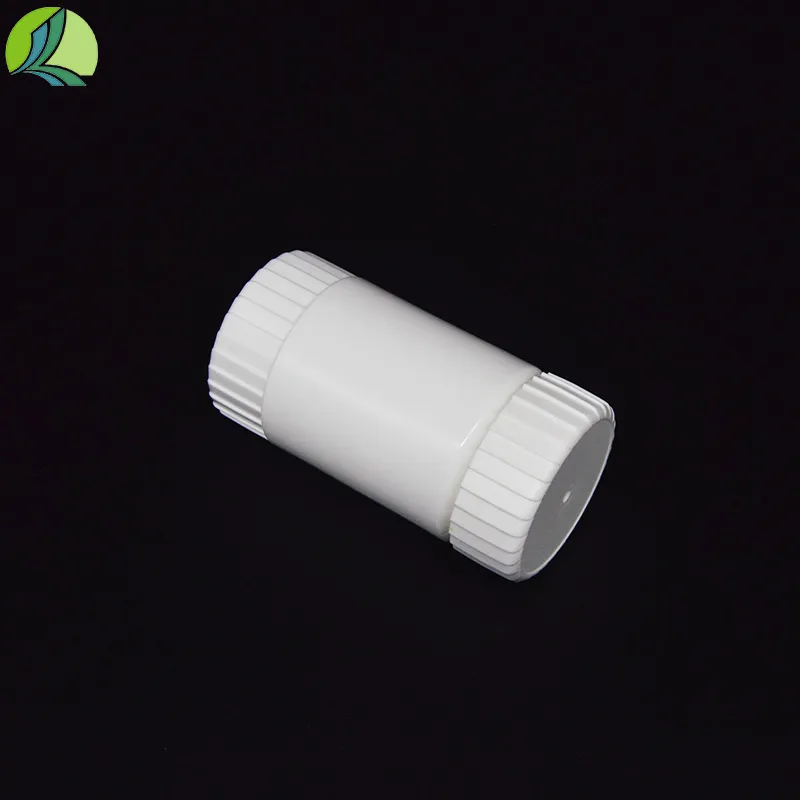liquid medicine bottles
The Essential Role of Liquid Medicine Bottles in Healthcare
Liquid medicine bottles serve a crucial role in the healthcare industry, becoming an indispensable component of medication delivery. These containers are specifically designed to store and dispense liquid medications safely and efficiently, ensuring that patients receive their prescribed dosages in a manner that optimizes both effectiveness and safety. As we delve deeper into the significance of liquid medicine bottles, we will explore their various designs, materials, and the advancements that continue to enhance their functionality.
One of the primary functions of liquid medicine bottles is to provide an appropriate environment for medication preservation. Liquid medications can be susceptible to degradation when exposed to air, light, heat, or moisture. To counteract these factors, bottles are often made from materials like amber glass or opaque plastics, which can protect the contents from harmful UV rays that could reduce the efficacy of the medication. Proper sealing mechanisms, such as child-resistant caps or tamper-evident seals, are also integral features that ensure the safety and integrity of the product until it reaches the patient.
Another essential aspect of liquid medicine bottles is their ease of use. Many of these bottles are designed with user-friendly dispensing systems. For instance, dosage cups or syringes may accompany liquid medicines, allowing for precise measurement and administration. This is particularly important for pediatric patients, where the correct dosage is crucial for ensuring treatment efficacy without risking overdose or underdose. Furthermore, innovations such as easy-pour spouts, spill-proof lids, and clear measurement markings on the bottle itself can enhance user experience, making it simpler for patients, caregivers, or healthcare professionals to administer the medication.
liquid medicine bottles

The importance of labeling on liquid medicine bottles cannot be overstated. Clear, concise labeling that includes dosage instructions, active ingredients, expiration dates, and storage requirements is vital to ensure that patients can administer their medications correctly. Mistakes in medication dosage can have serious consequences, making it essential for manufacturers to adhere to strict labeling guidelines to minimize the risk of errors. In addition to essential information, advancements in technology have allowed for the inclusion of scannable barcodes or QR codes that provide easy access to additional information about the medication when scanned by a smartphone or tablet, thereby enhancing patient safety.
Sustainability is another important consideration in the design and production of liquid medicine bottles. As environmental concerns grow, there has been an increased push towards using recyclable materials and minimizing waste in the pharmaceutical industry. Many manufacturers are now exploring bioplastics and other eco-friendly materials that maintain functionality while reducing environmental impact. Additionally, initiatives to encourage the return and recycling of used medicine containers are gaining traction, as healthcare systems recognize the importance of sustainability in their operations.
In conclusion, liquid medicine bottles are more than mere containers; they are vital instruments in the safe and effective management of liquid medications. Their design, materials, safety features, and labeling all work in concert to ensure that patients receive their medications accurately and securely. As technology and sustainability efforts continue to advance, it is likely that we will see further improvements in the functionality and eco-friendliness of these essential healthcare tools, ultimately benefiting patients and healthcare providers alike. The continuous evolution of liquid medicine bottles demonstrates the ongoing commitment of the healthcare industry to enhance patient care and safety.
-
Aesthetic Makeup Spray Bottles | Fine Mist Empty RefillableNewsAug.19,2025
-
White Plastic Veterinary Vaccine Vials | Lab Liquid BottlesNewsAug.18,2025
-
Plastic Medicine Liquid Bottle: Secure Flip Top Drug VialsNewsAug.17,2025
-
Durable 250ml Blue Plastic Vaccine Vial for Lab & Vet UseNewsAug.16,2025
-
Sterile Virus Sample Tubes: Secure & Reliable Specimen CollectionNewsAug.15,2025
-
White 250ml Plastic Vaccine Vial for Lab & Vet MedicineNewsAug.14,2025
























